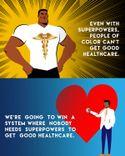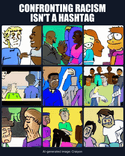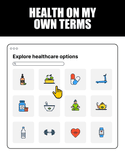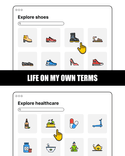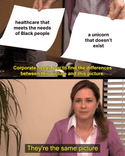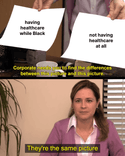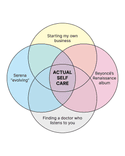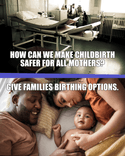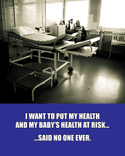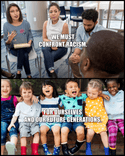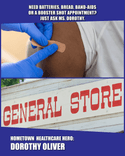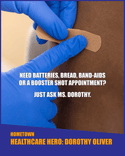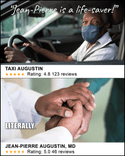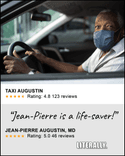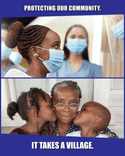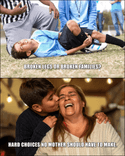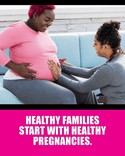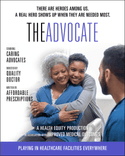Health Equity Narratives: Content Testing & Strategy Validation
Our flagship research from 2022 to study audiences and the health equity narratives that move them with generous support from Robert Wood Johnson Foundation and in partnership with Story Strategy Group.
Storytelling for health equity
As the nation’s largest philanthropy dedicated solely to health, Robert Wood Johnson Foundation (RWJF) has been working to help achieve health equity with transformed healthcare and public health systems that are fair and just. In 2021, RWJF enlisted our support to build an audience-narrative architecture that allows RWJF and its partners to develop content that can change the narrative on health equity. You can explore our findings in the full report.
Here, we focus on the third and final phase of the project—content testing and strategy validation. In this phase, we built stories that could actually move audiences in the right direction and evolve their narrative landscape, turning stories into ads that could be tested for engagement and transportation.
Table of Contents
Creating an audience-narrative architecture for changing the narrative on health equity
We started with our 4 values-based audience as a means of partitioning stories. Then found the stories about health and healthcare that are distinctive to each audience and suggest a narrative landscape on health and equity. Finally, we used survey data to identify key attitudinal differences in our how 4 audiences think about health, healthcare, and health equity in the U.S.
4 audiences with 4 unique health equity narratives
Next we explored each audience’s narrative landscape. Here, we started with all the stories our 4 audiences consumed across online news, TV news, entertainment TV, and Twitter, between January 2021 and December 2021. What emerged were four narratives, or one distinct narrative per audience. Explore more about these four narratives in the full report.
- People PowerMedical
Everyone needs to play their part to keep healthy—physically and mentally—mostly by following the advice of medical experts.
- If you say sotrust + Care
It’s hard to know who has the right answers when it comes to health. Getting care means navigating obstacles and finding allies.
- Tough cookiesResponsibility
The powerful play an important role protecting us from disease, as we must protect others, especially children.
- Don’t tread on meEnemy
The primary vector for ill health isn’t disease; it’s other humans, from politicians to immigrants, scheming to injure or infect us.
Each narrative had a different tone, different protagonists, different challenges, different ways of viewing race and racial disparities in health and healthcare. These differences in narrative landscape informed our hypotheses about the content most likely to resonate with audiences and evolve their narratives on health equity.
Before we start experimenting with building stories, we need a target narrative to guide and inspire the stories we tell.
With the audience-narrative architecture in place, and in collaboration with our partners, advisors, and RWJF’s Health Equity Collective we developed a target narrative that could help measure success.
Target narrative
“A new system is needed to replace our current, racially biased healthcare system: one that is accessible and affordable to all, delivers excellent health outcomes across all populations, recognizes and rectifies past and current injustices, and honors everyone who participates in it.”
Generating hypotheses
Over the course of six months, together with project partners, we used a few different methods to generate hypotheses about the stories that might move each audience closer to our target narrative.
- 1Media analysis
We re-analyzed each audience’s media diet for content that might already be moving them toward our target narrative or holding them back. We called these bridge and barrier hypotheses and generated 4 per audience.
- 2Subject matter experts
Our project partners convened professional storytellers, anti-racism experts, community leaders, and content strategists to collaboratively generate 13 liberatory hypotheses, embodied in short stories.
- 3Creative strategists
A team of professional creative strategists synthesized learning from the first two rounds and also from existing supplemental research.
From hypotheses to content: the lifecycle of an ad
In total, across all three testing phases, we created 103 pieces of content, or “ads,” embodying 56 different stories. Our approach to testing is iterative, meaning stories that originated in one phase evolve in subsequent phases. For example, here is an ad that originated in round 2 and was expanded upon for three different audiences in round 3:

From liberatory hypotheses to immigrant healthcare worker ad
Liberatory hypothesis #7: Everyone deserves quality healthcare, regardless of legal status. This liberatory hypothesis was transformed into an ad intended to reach all four audiences.
When testing content, both engagement and transportation matter
When we test content to see how audiences respond, we care about engagement and transportation. Engagement is whether audiences view, click on, or share the content, when it appears inside a social media feed. Transportation is the extent to which content transports or moves audiences toward a target narrative. This can also be referred to as persuasion. We test this using randomized controlled trials via a custom-built survey platform and these three survey prompts.
- A problem exists
“In today's healthcare system, regardless of their income, white people generally get better care than people of other races.”
- It should change
“Right now, white people have better healthcare outcomes than people of other races. We should change our healthcare system to give everyone the healthcare they need to stay well, even if it means that my family and I have to give something up.”
- We should change it
“I can imagine how we could change American healthcare in the next 5 years, so that patients of all races feel respected and have access to the care they need and want.”
Measuring baseline agreement
Our survey questions for transportation testing arose from a review of existing survey research and in consultation with our project partners, including equity advisors. The questions needed both to capture movement toward our target narrative, and also provide audiences enough room to move. In other words, we were looking for low to moderate baseline agreement, before treated audiences viewed the content we created.

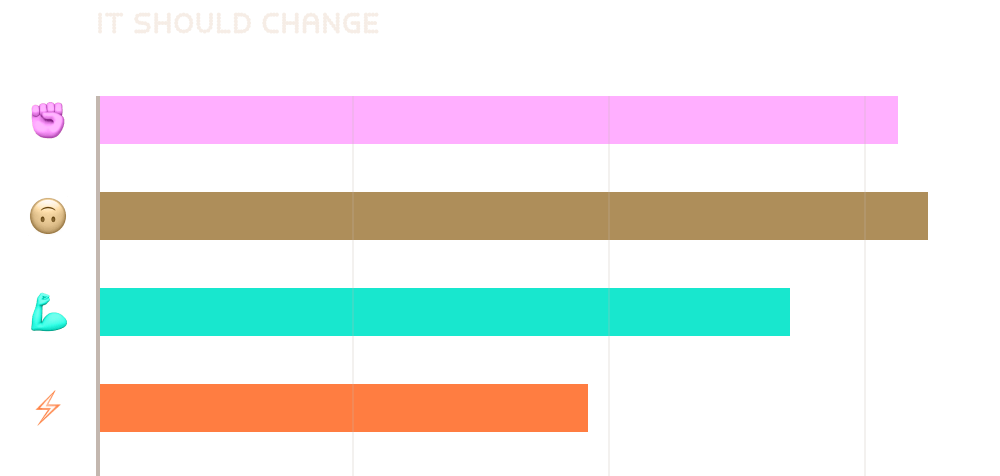
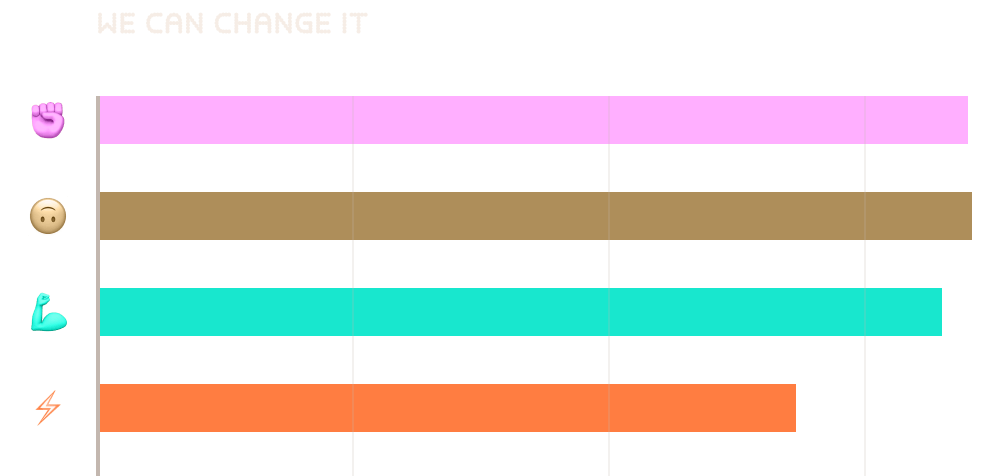
A sample of standout stories
Of all the stories we created and tested, there were some notable standouts that consistently performed well in engagement testing, transportation testing, or both. These can provide important direction for future iteration.

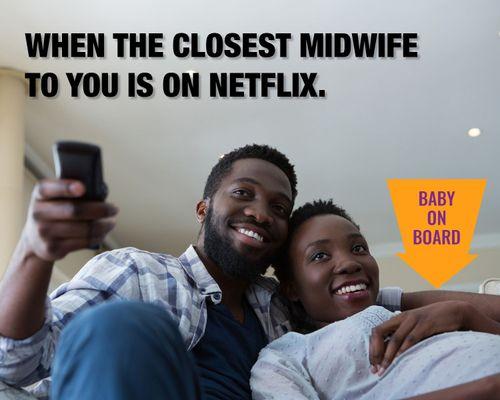
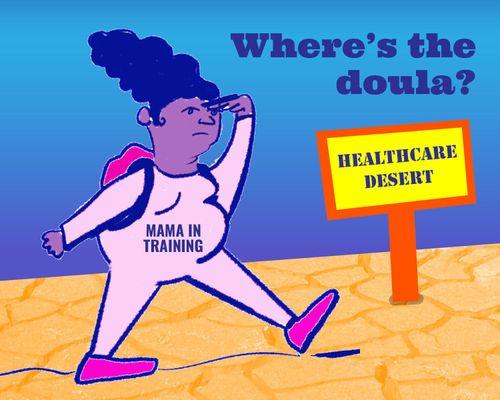

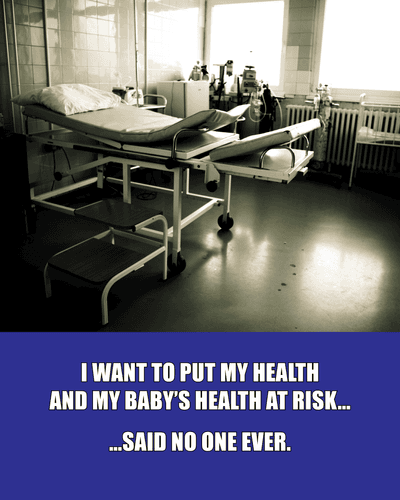
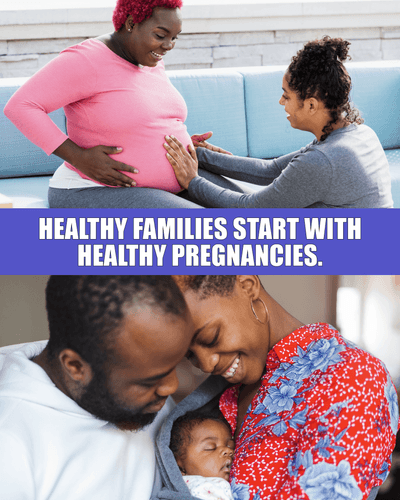




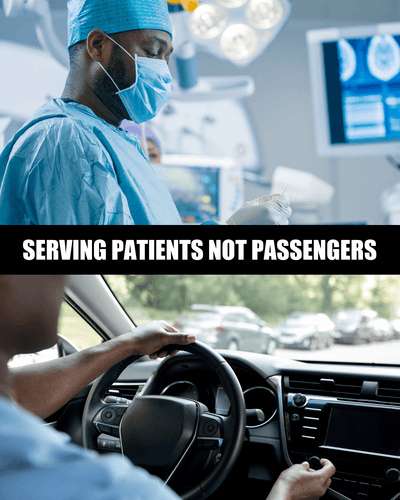
When we tested content for transportation, baseline agreement affected how far audiences moved
In our transportation testing, whenever there were differences by race in how audiences responded to the content we tested, white people almost always moved more, because they were starting at a lower agreement baseline than other racial groups.





Formats with futures make for a better story
On average, content created as a diptych—two panels of text and images—performed better than single-panel images. In single panels, there is no room for development or resolution. A second panel can help transform, channel, or address whatever the first panel might bring up in audiences. Diptychs afford more specificity—more of the implied time, place, and situation that makes for good story. And story works well across audiences.


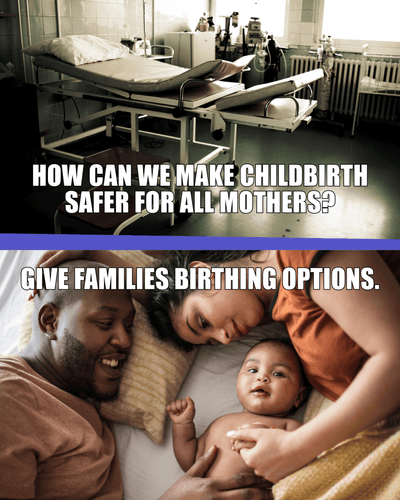

Aim for the edges to find bridging opportunities between audiences
Engaging and transporting new audiences outside of our existing core audience is key to achieving the target narrative. Speaking to the existing base is relatively easy—they’re already “on board” with the target narrative. Aiming for the edges of that base audience is where new and untapped transformation can happen.

Unintended consequences: in some instances audiences were transported in the wrong direction
Some ads caused backlash within specific audiences. These instances do not indicate that the story is ineffective, but offer opportunities to explore why an ad might not have represented the original story well enough and provide insight for different approaches.



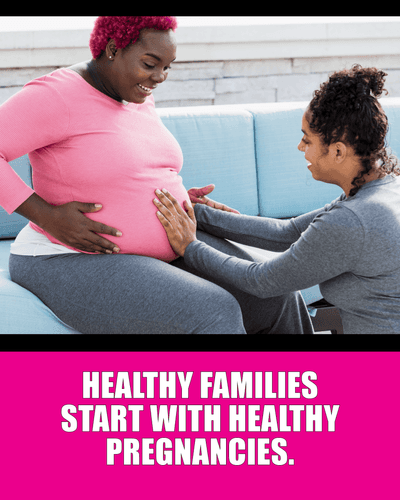
Audience upshot
As practitioners in narrative change work, it is important—necessary, even—to think about and aim for audiences who have values that may not be familiar to us. The narrative architecture built in this work intended to teach us more about what really motivates audiences, allowing for the creation of engaging, effective content. Below, we share audience-specific insights.
People Power is a strong base for the narrative goal
Community and universalism drive People Power: understanding, appreciation, tolerance, and protection, for the welfare of all people and for nature. In other words, they really care about people they may not know, and their Medical narrative reinforces an attention to inequitable systems. This is the audience most likely to engage with content centering systemic racism. Importantly, the bulk of content that transports other audiences also transports People Power, too. By aiming creative efforts outside of People Power, it may be easier to build broad-based narrative power.

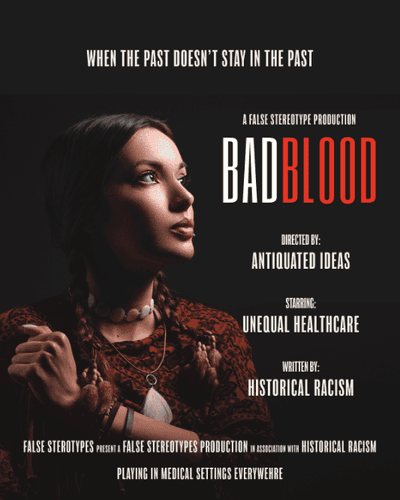
Content with a clear future is critical to moving If You Say So, and speaking their unique cultural language is key to engagement
If You Say So is less willing to engage than other audiences generally. The content that does engage tends to be sillier, darker, and more cynical than the stuff that lifts heart-and-home Tough Cookies, for example.
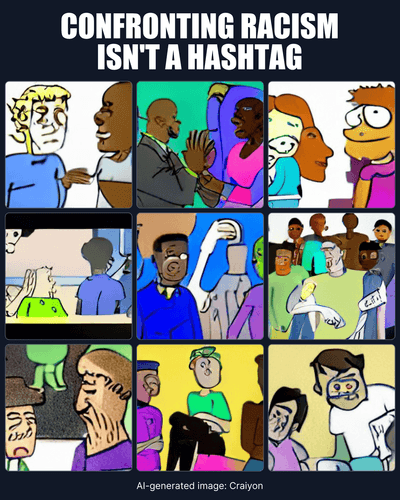





Tough Cookies: easy to engage but harder to persuade
Tough Cookies gravitates toward content featuring heart and home, faith and family, plus other types of community working together. Tough Cookies was especially moved by content about changing the system, for example, to allow providers trained outside the U.S. to practice, rather than work as drivers.


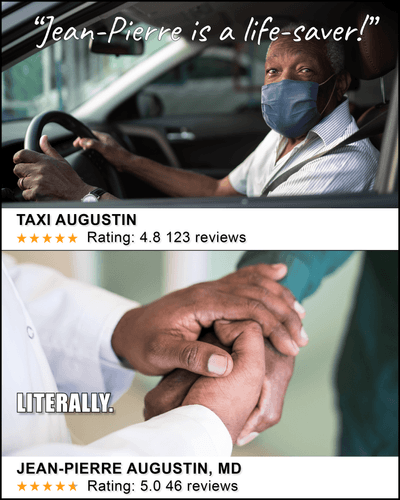
Effective Don’t Tread on Me content centers control and choice.
We were doubtful of being able to reach and move Don’t Tread on Me, given the antagonism of the Enemy narrative. We found that the antidote to this narrative is control and choice. All the content from the “Sick” story moved Don’t Tread on Me, given its focus on personal control.


The average effects tell a story about how each audience’s specific values can contribute to achieving a new narrative.
The average effects we observed in audiences from treating them with content correlated to the values and health-related narratives which define each audience. They also point to the important contributions each audience may be able to make to achieving a new narrative on health equity.
 People Power easily recognizes the problem (1), the need for change (2), and pathways for realizing change (3).
People Power easily recognizes the problem (1), the need for change (2), and pathways for realizing change (3). Creative, autonomous If You Say So moves most toward imagining the future (3).
Creative, autonomous If You Say So moves most toward imagining the future (3). Safety-minded Tough Cookies moves most to perceiving the threat (1).
Safety-minded Tough Cookies moves most to perceiving the threat (1). Action-oriented and leadership-driven Don't Tread On Me moves most toward demanding change (2).
Action-oriented and leadership-driven Don't Tread On Me moves most toward demanding change (2).
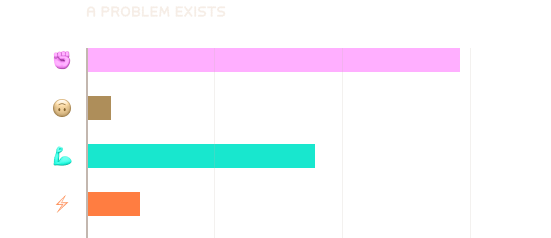
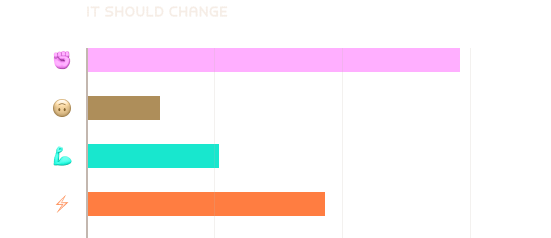
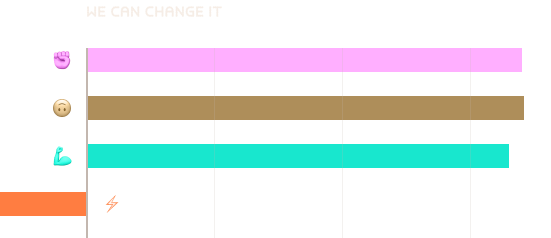
Each audience has different entry points to the target narrative
It is possible to align all four audiences to a narrative on health equity that recognizes the problems inherent in our current, racially biased health system, and posits a new system that rectifies injustices, honors everyone who participates in it, delivers excellent health outcomes, and is accessible and affordable for all populations. But each audience approaches this narrative from different places and perspectives. Overall, lifting up choice and control, in addition to injustice and outcomes, allows us to reach and move individually focused audiences also.




From insights to action, general tips and takeaways.
- 1
Put People In It
Content featuring people outperformed content that did not, and photography tended to outperform illustration.
- 2
Get Specific
Content that established a specific time, place, situation, characters, and some kind of development performed better than more conceptual content. Good story-telling wins again!
- 3
Tell a story with a future
In general, the diptychs we tested outperformed single-panel ads. Finding a structure to name the problem and the desired future is key.
- 4
Always be iterating
The best performing content rarely emerged in our first attempt but, rather, over many rounds and iterations, with input from many people. We encourage you to explore all the ads we made and iterate on them.
We can look to story features as clues about what could work to transport audiences in the future
Because we tested all the content we created across all four audiences, even if we were targeting just one audience, we were able to learn about both the content that distinctively engages or transports a single audience, and the content that appeals across audiences. This visualization shows content ranked by engagement across all four audiences.
56 Stories, 103 Distinct Ads
We invite you to explore each of the ads tested in this project in the gallery below. Please get in touch if you have any questions or additional insights based on what you see.
Phase 1

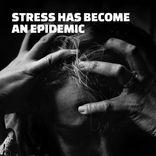


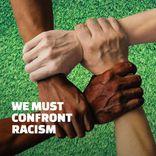









Phase 2
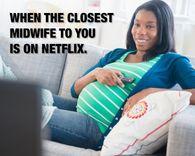



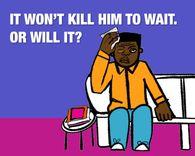
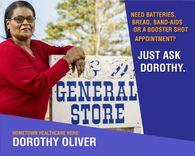
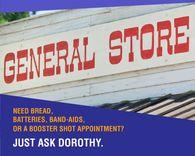




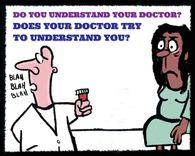

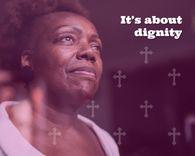

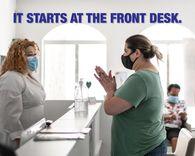

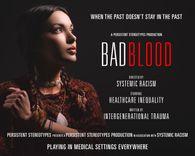


Phase 3















